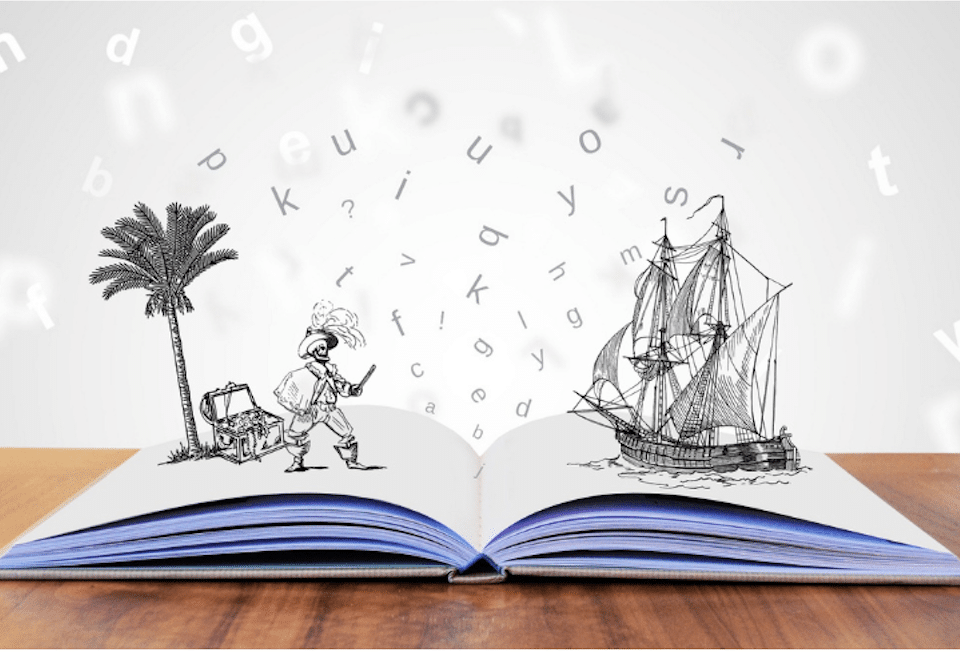
Lying in the context of personnel selection
14 November 2014
FACIAL ACTION CODING SYSTEM (FACS): the starting tool for analysing every facial expression
25 November 2014“HOW HAPPY AM I?”: the 16 possible types of Happiness

Each of the emotions we experience is neither positive nor negative per se: they are all positive, as they have enabled us to adapt to the environment and survive during the evolution of the species. Of these, Happiness is undoubtedly considered the most pleasant and sought-after emotion. But how many categories conceptually make up what Ekman1 calls the “Family of Happiness“?
1), 2), 3), 4), 5) The first five categories are related to the Sensory Pleasure derived from taste, smell, touch, sight and hearing.
6) The sixth category is represented by Excitement, which is a response to novelty and or a new challenge. Tomkins (1962)2 considered arousal to be a subcategory of 7) Interest (when it is at a high level), as did Izard (1971)3 after him; Ekman, on the other hand, considered the two components to be distinct and separate.
8) Relief is the pleasurable emotion experienced when a source of distress is removed. Unlike many other emotions, relief requires that there has been a previous unpleasant emotion, typically fear.
9) Fear is a rare emotion in which one feels overwhelmed by something unexpected and incomprehensible. Often this emotion conceptually collides with the emotions Surprise and Fear, and is difficult to interpret. It basically represents a feeling of intense surprise mixed with happiness.
10) Estasis (or Beatitude) is a multi-sensory state of ‘rapture’ related to mysticism and transcendence, achieved by some through meditation, by others through contact with nature, during orgasm, or through the use of certain psychotropic substances.
11) Flattery describes pride in oneself and seeing oneself as a ‘winner’ (this is not about triumphing in a contest or competition, it is a concept related more to one’s self-esteem and perception of self-efficacy).
12) Naches is the Yiddish word referring to a parent’s (or guardian’s) pride in their child(ren) (realising themselves as an individual in society).
13) The Pain in another’s misfortune (Schadenfreude is the German term for the emotion) is experienced when one learns that one’s rival or enemy is suffering (it is related in some way to forms of sadism and revenge against an enemy). Unlike the other pleasant emotions, this type of emotion is often socially disapproved of in some cultures.
14) Elevation, studied by Haidt (2000)4, is related to the pleasurable emotion experienced as a result of actions (or in the viewing of actions performed by others) characterised by extreme goodness, humanity, kindness and compassion towards the other in need. It is an emotion that moves consciences, in an altruistic and humanitarian sense.
15) According to Lazarus (2001)5, Gratitude is an emotion related to the appreciation of an altruistic action by another towards us, which has brought us a tangible benefit. When someone does something nice for us, we feel grateful towards them.
16) The last category is Joy, the emotion related to being happy or amused, in the literal sense of the word (laughing with joy, smiling with spontaneous joy).
In the course of our lives, what kind of ‘happiness’ do we experience or pursue most?
tell us your preference! 🙂
Diego Ingrassia
——
1 Ekman, P.
- (2003). Sixteen Enjoyable Emotions. Emotion Researcher, 18, 6-7.
- (2007). Emotions revealed: Recognising faces and feelings to improve communication and emotional life. Macmillan.
.
.
.
2 Tomkins, S. S. (1962). Affect, imagery, consciousness: Vol. I. The positive affects.
.
3 Izard, C. E. (1971). The face of emotion.
.
4 Haidt, J. (2000). The positive emotion of elevation.
.
5 Lazarus, R., & Lazarus, B.N. (2001). The emotion of Gratitude. Presented at the APA Meeting, San Francisco, CA
.


